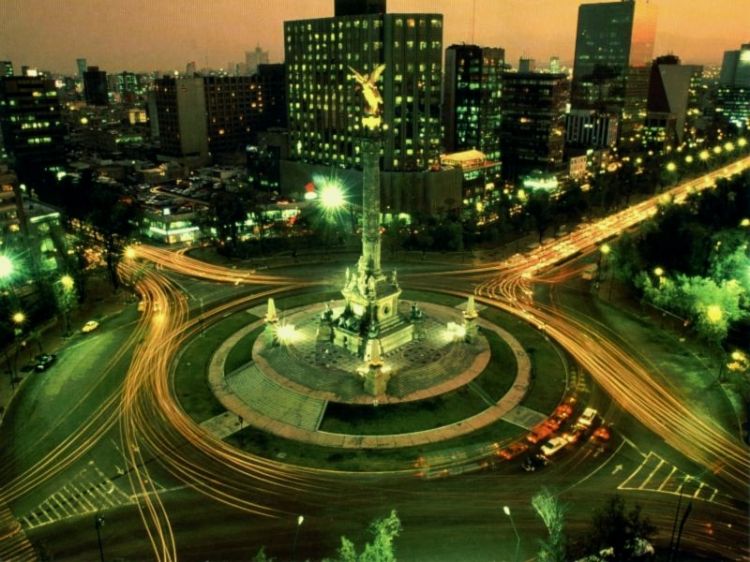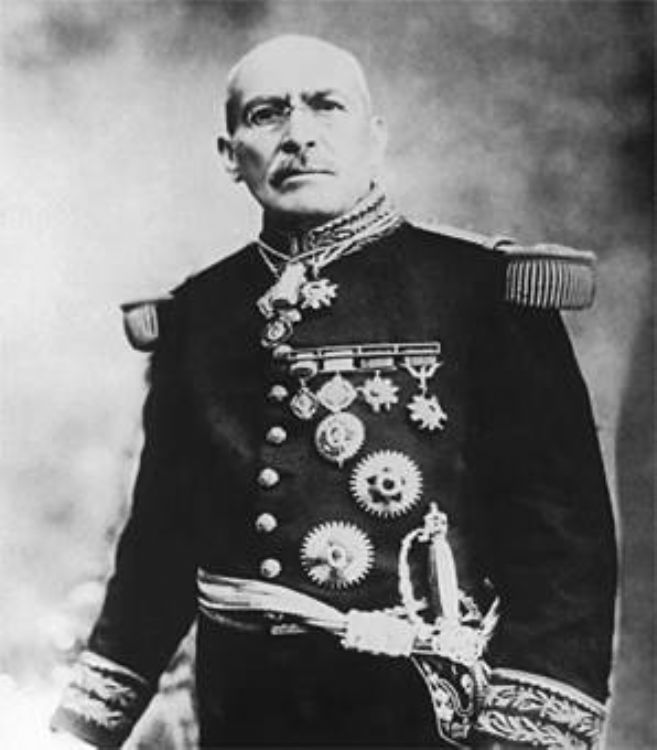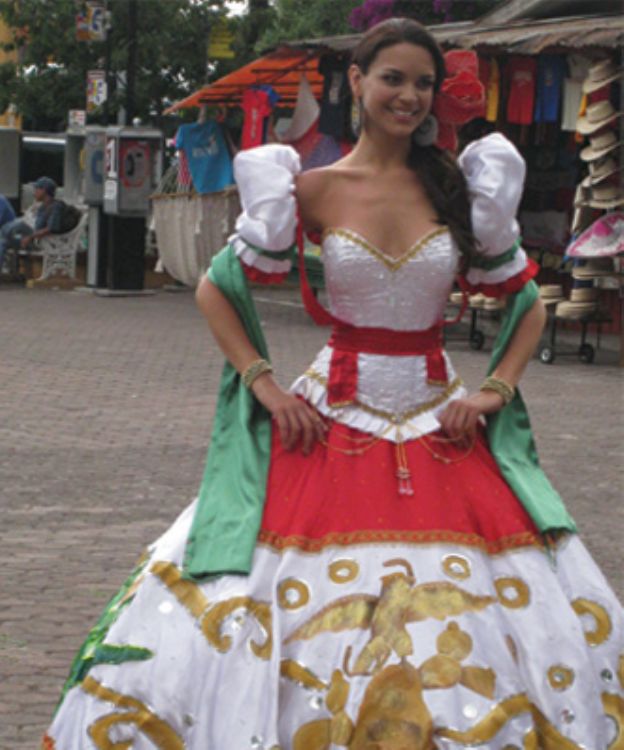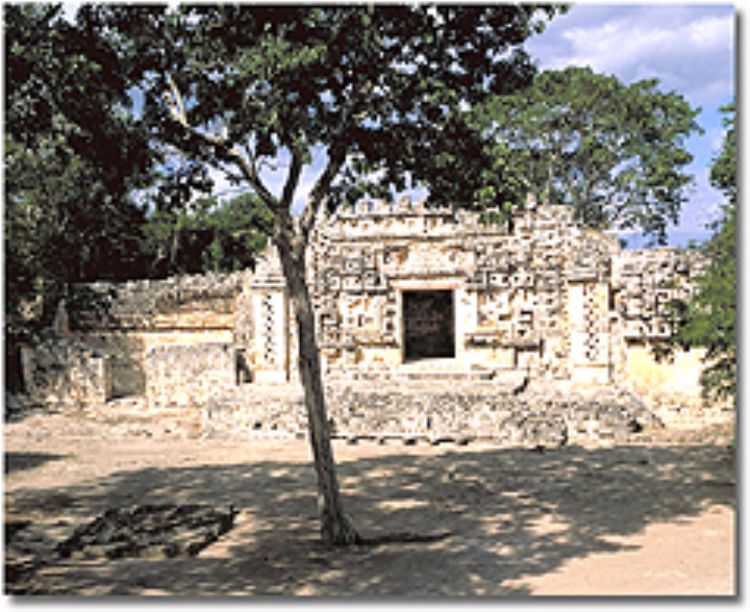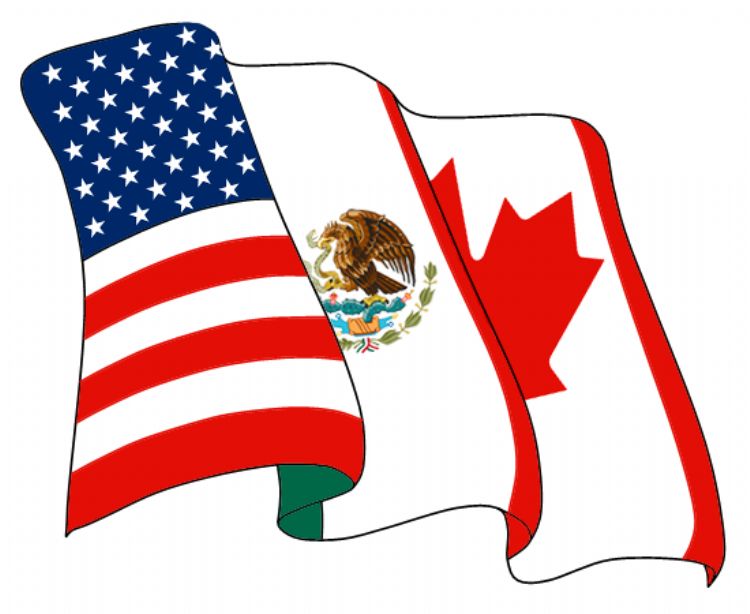Mezcal, history, production and major brands
Virtually all countries in the world have spirits that embrace as an inherent part of their culture as is the case in Russia with Vodka or the whiskey in Scotland. Mexico is no exception and among the distillates that are recognized as part of the cultural heritage we can mention the pulque, tequila and mezcal. The latter two have passed in the recent two decades by a process of re-discovery by the critiques, and from a relative neglect , they have gained international fame and recognition to their taste.
History:
<
The maguey plant in its different varieties was originally one of the foods most commonly used by the inhabitants of Mesoamerica, and due to the natural process of fermentation of the plant, is it that using different techniques can be obtained tequila, pulque and mescal. The mezcal has a mythical origin, a thunder which fall in the agave was responsible for the first distillation and the first batch of mezcal in ancient Mexico.
The Mezcal prepared by the huichol tribe was used only for ritual purposes, it was not accessible to the majority of the population and was drawn by hand. In a room of tepetate (a kind of soil) a hole two meters in diameter by three deep was filled with volcanic rocks; these were heated accommodating pineapples maguey and then pencas over them. Subsequently a decoction of 3 days was made and people proceeded to mash and to ferment in wooden vats the mixture. The condensed steam collected after the liquid was put to boil was the mezcal.
However, it was until the early 90's when public turns to see this drink again, and in 1994 when Mexico seeks the designation of origin (and protection of this product) before international authorities. Currently only 9 states in the country can produce authentic mezcal and the Consejo regulador del mezcal is an institution that ensures the compliance. So, Durango, Guerrero, Michoacan, Oaxaca, Puebla, San Luis Potosi, Guanajuato and Tamaulipas Zacatecas have the right to produce and market the mezcal as such.
Production today:
Getting the mezcal today is a process that requires patience, since the agave needs have grown for at least 6 years before farming it, although some varieties can take up to 9 years to mature. Mezcals are classified in different ways, either based on their form of production (artisanal or common), to the region of production (by state) or the distillation technique. Legally there are also 2 types, 1 (100% agave) and 2, which can carry up to 20% of other musts. Nowadays, the fermentation takes between 10 and 20 days to be done.
Another possible classification is according to the aging process, and is the same as that of tequila; white (no aging or less of the year), mezcal reposado for a period of two months to one year in oak barrels and aged mezcal, with more than one year rest. Previously we mentioned at the regulatory council of the mezcal, the agency certifies producers at various points and handles even calendars of annual verification.
We can´t leave without mention a couple of events linked to this drink, as the fair mezcal that began in 1997 and takes place in the city of Oaxaca; in the same are conducted, tastes, beauty contests, shows, fireworks, dances, and of course the promotion of mezcal. On the other hand you can not ignore the Museum of tequila and mezcal, which is located in the garibaldi square (the MUTEM) in Mexico City, but this place deserves its own article.
About brands:
Currently there are over 200 brands that produce mezcal, but few have achieved renown, here we will mention 5 that outstanding.
Zignum.-It has three varieties, silver (white), reposado (rested) and aged. It is harvested in Oaxaca, has won several awards in international competitions such as the Mediterranean Wine & Spirit Competition or sip awards.
Mezcal amores.- it has 5 different varieties, depending on the place of harvest: Oaxaca and Guerrero, the aging time (white or reposado) and according to the agave obtained (espadín or cupreata). The brand is relatively young as was launched in 2010, although that did not stop to be recognized with a gold medal in the tasting contest of Brussels.
Buen viaje.-the brand recognized primarily by the fact that their products are handmade, also ensures promote sustainable production in the communities where it works. Its 5 varieties, Tobala, bicuixe, arroqueño, madrecuixe and sprat, come from the different types of agave used in the production of each one.
Wahaka.-this mezcal also won awards at the World Spirits Competition and has only 5 types on its line of production. The variety comes according the aging and the kind of agave used, the brand even has the famous variety with worm. They used sprat species, Tobala and Mother cuishe in their preparations. Its presentation "assembly", a mixture of the 3 varieties is especially delicious.
Mezcal Guendá.-Produced by Casa Angeles, it is considered an environmentally friendly company since it uses recycled packaging products. They have limited production due to its products are premier. Their mescals are only the white kind, although there are varieties like tangerine and lime flavor. As a curiosity, the company was supported by the UNAM.
Finally, it should be noted that the most suitable mezcal for cocktails and / to combine with refreshments is the white and occasionally the rested one. The aged mezcal is more recommended to take on the rocks. The varieties of flavors, breast (which have this part of the chicken) and the worm usually are tasted alone. Mezcal is definitely a drink that deserves to be tried by those with refined palate.


